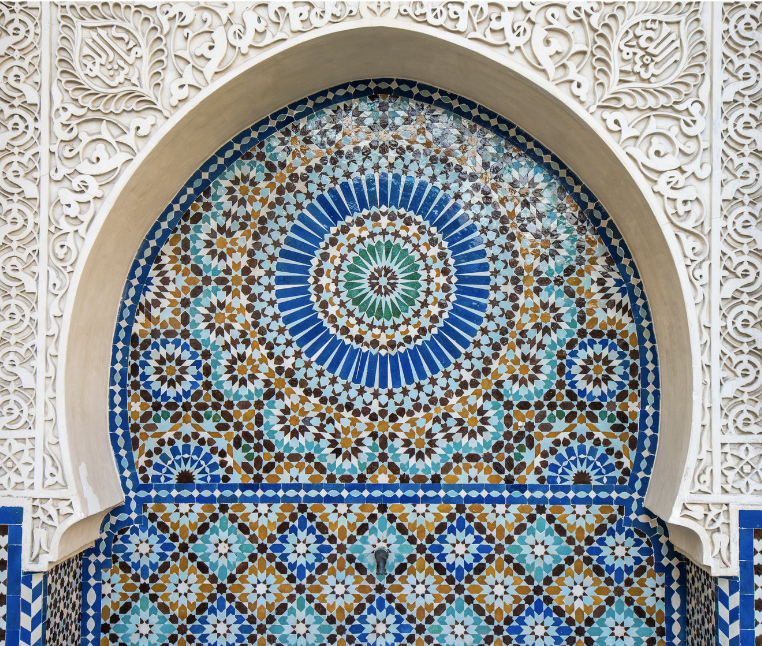
Journey into Moroccan Exotic Elegance
November 2, 2023
Renowned for its exotic charm and vibrant aesthetics, Moroccan interiors weave a rich blend of Arab, Berber, and Mediterranean influences that create captivating spaces reflecting a unique cultural heritage.
This exotic elegance delights our senses with an air of excitement, a journey into discovering arcane feelings rooted in the ancient mysteries of culture.
So how can we incorporate the esoteric charms of Moroccan design into interior spaces?
Here are a few key elements that we use to create compelling spaces with an exotic influence in design:
Embrace Colours and Patterns
The bold and vibrant color palette of Moroccan design is inspired by the richness of the Moroccan landscape. Earthy tones such as terracotta, deep blues, fiery oranges, and vibrant greens dominate the color scheme.
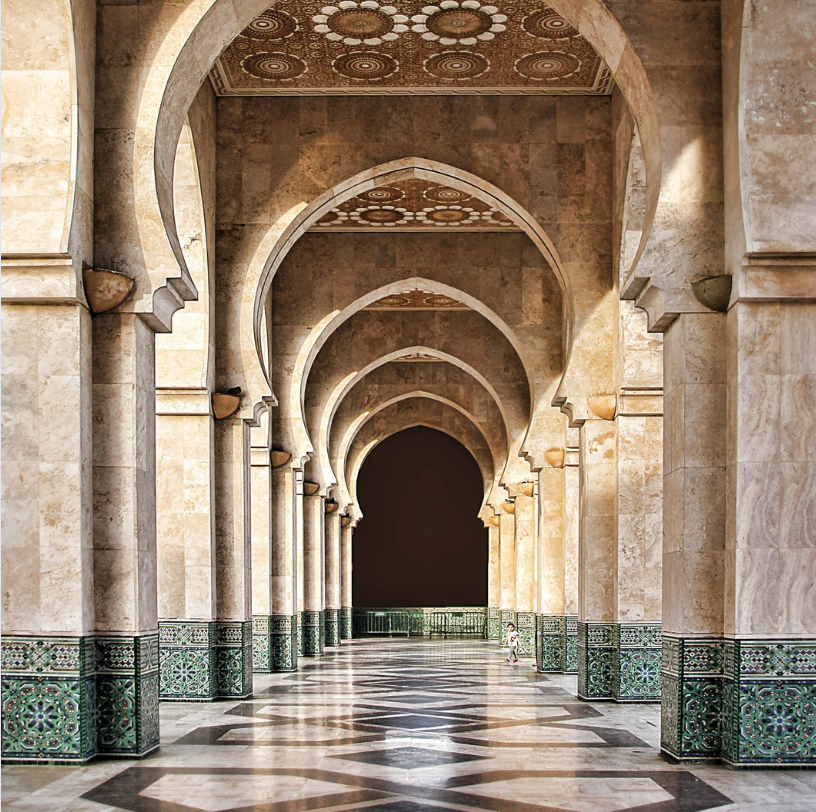
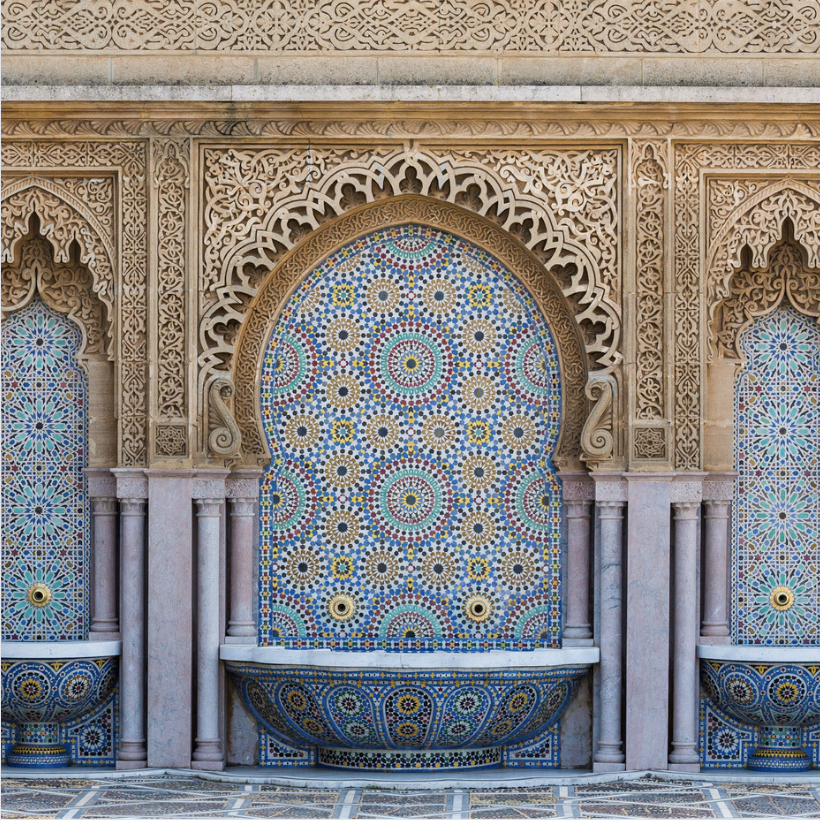
They are often combined with intricate geometric patterns, such as the famous Moroccan tiles known as zellij. Incorporating these colors and patterns into interior design creates a visually stimulating and energetic atmosphere, adding depth and character to the space.
Moroccan Architectural Features
Moroccan architecture heavily influences interior design. In a traditional riad, a courtyard is a central feature of Moroccan design. Riads often have intricately carved wooden screens, known as moucharabieh, which provide privacy while allowing airflow and dappled light.
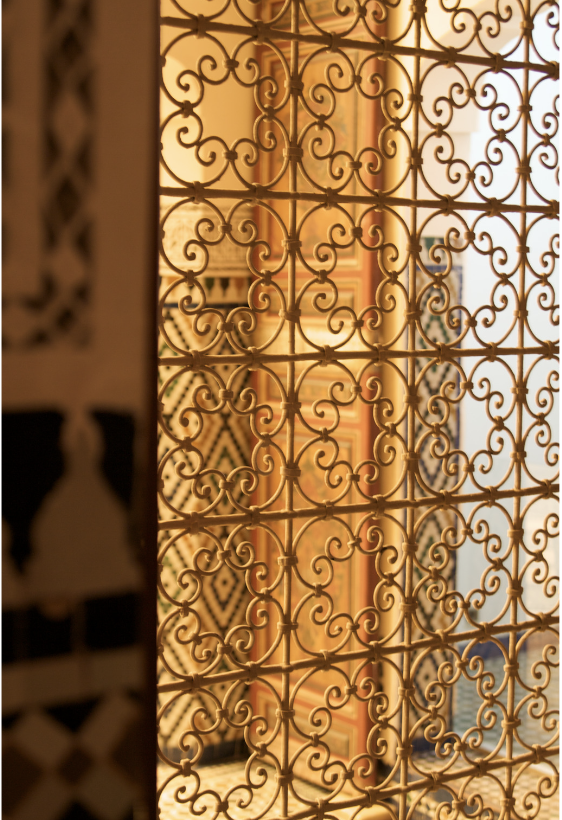
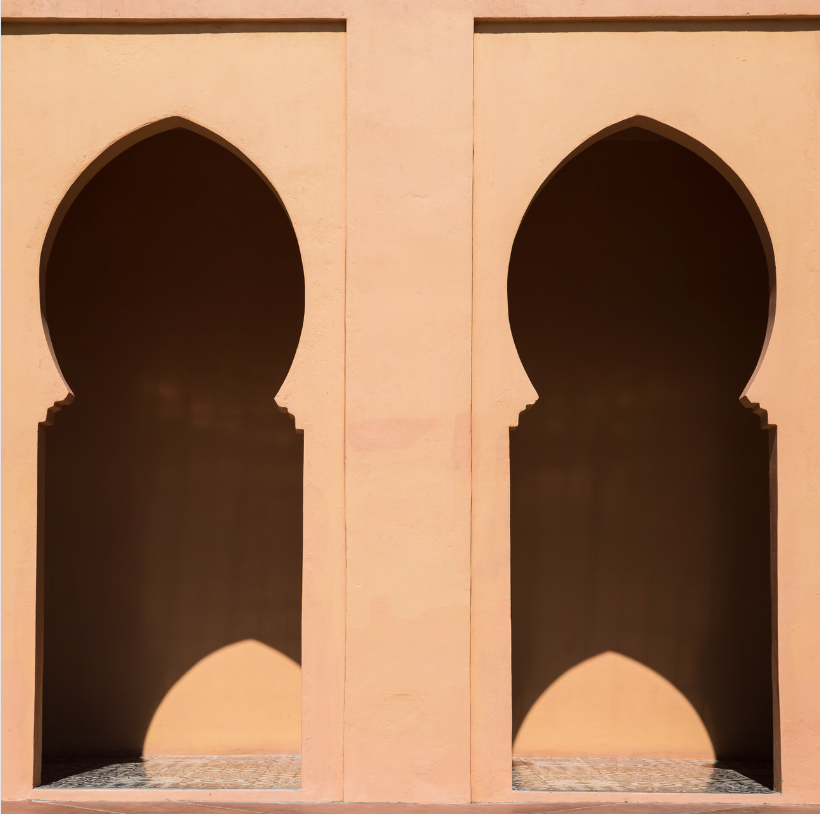
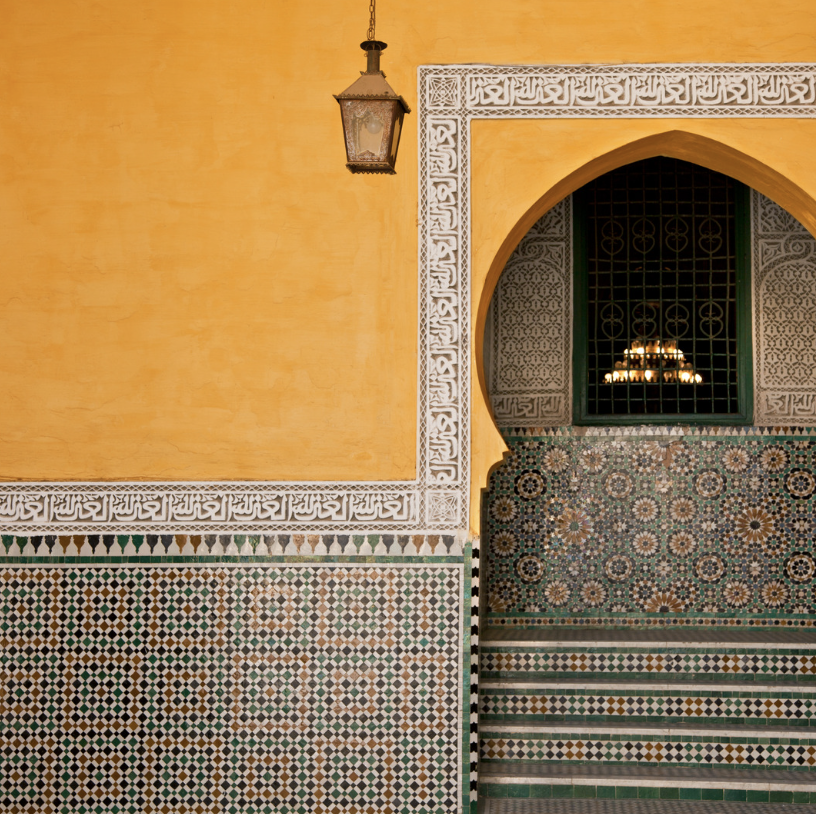
Arched doorways, high ceilings, and decorative plasterwork are also prominent features. Incorporating elements of Moroccan architecture, such as arched windows or ornately carved wooden details, brings an authentic touch to the interior, evoking a sense of timeless elegance.
Textiles and Fabrics that tell a story
Moroccan interior design is renowned for its sumptuous textiles and fabrics. Their richly embellished tapestries, colorful rugs, and plush cushions are essential elements that add warmth and comfort to the space and evoke the feelings of their storied heritage.
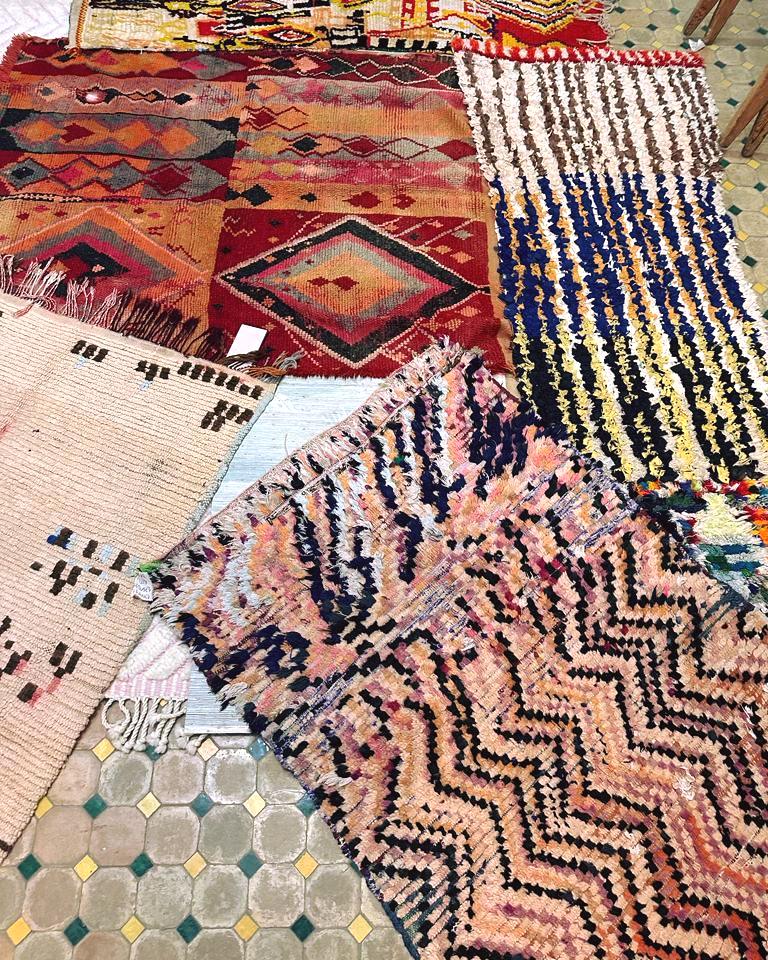
Berber rugs @bleudefes in Tangier.
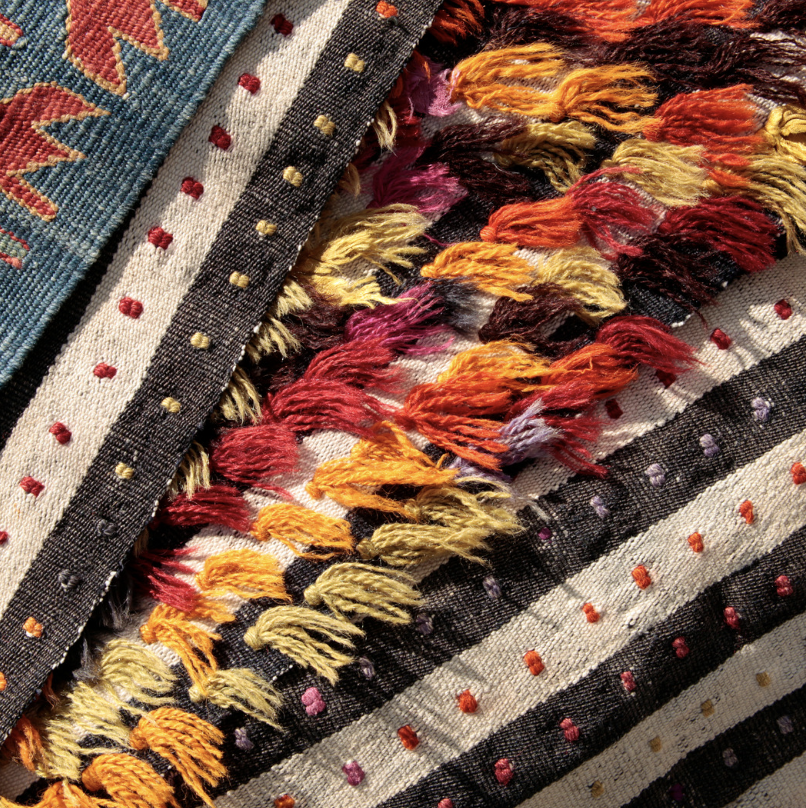
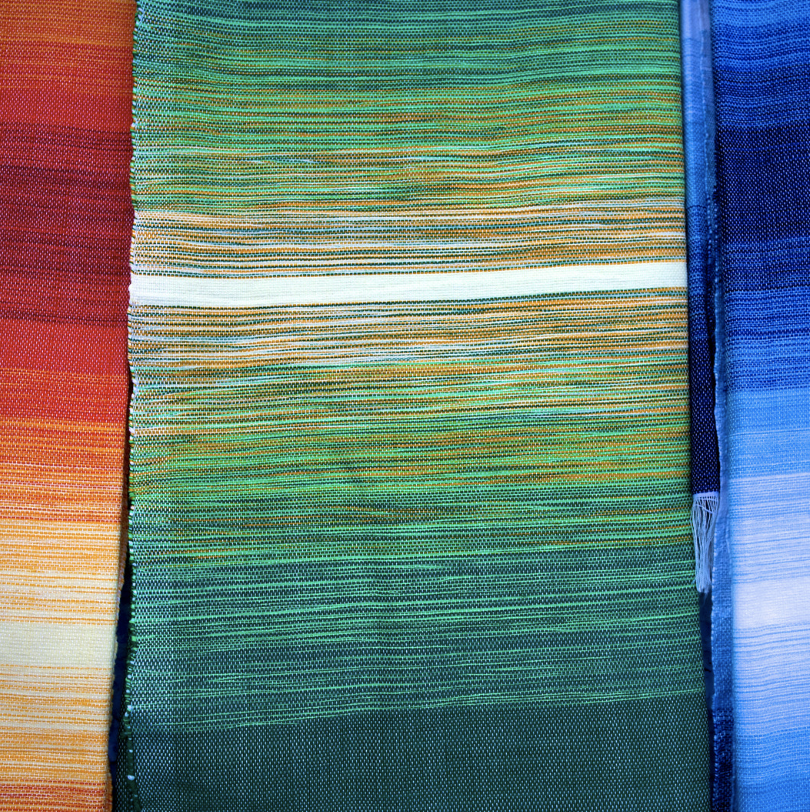
Traditional Moroccan fabrics, such as the handwoven kilims or luxurious silk brocades known as sabra, infuse a sense of luxury and craftsmanship into the design. These textiles and fabrics create a cozy and inviting atmosphere that embraces Moroccan sensibilities.
Intricate Details
Moroccan interior design is all about the intricate details and ornate decorative accents. Metalwork, such as intricately designed lanterns or filigree light fixtures, adds a touch of elegance and creates mesmerizing patterns of light and shadow.
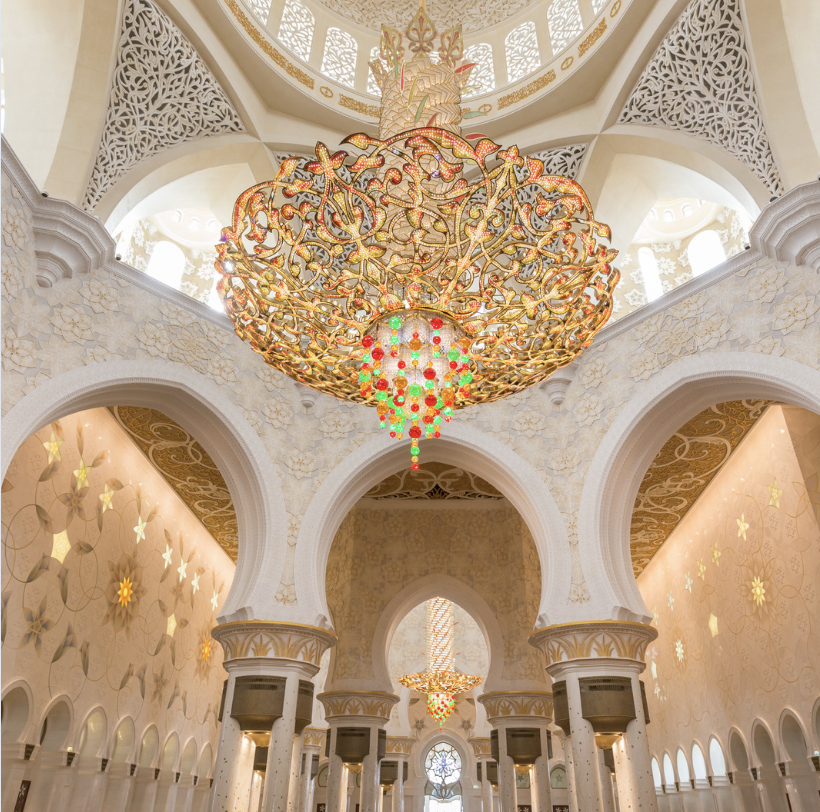
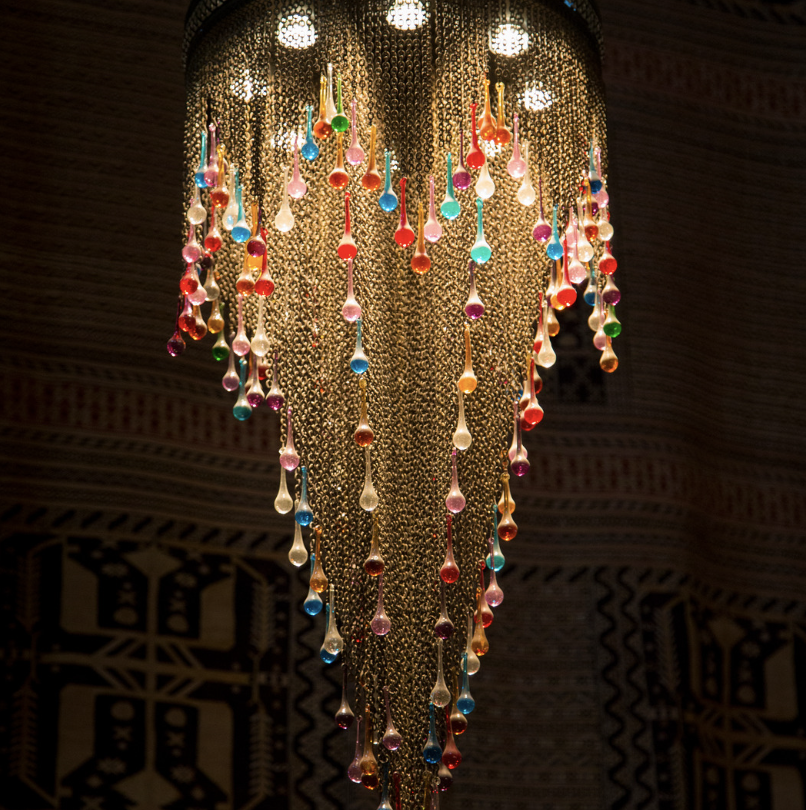
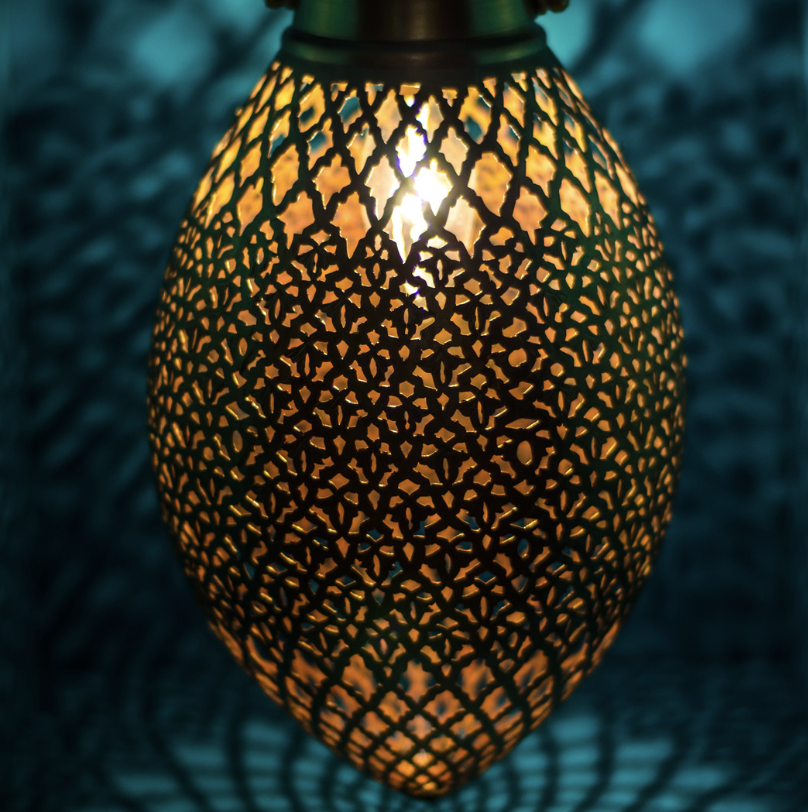
Hand-painted ceramic tiles, known as zellij, are often used to adorn walls, floors, and tabletops, adding a splash of vibrant color. Traditional Moroccan pottery, brass trays, and carved wooden furniture are also popular decorative elements. These decorative accents add a sense of authenticity and create a visually captivating and culturally rich space.
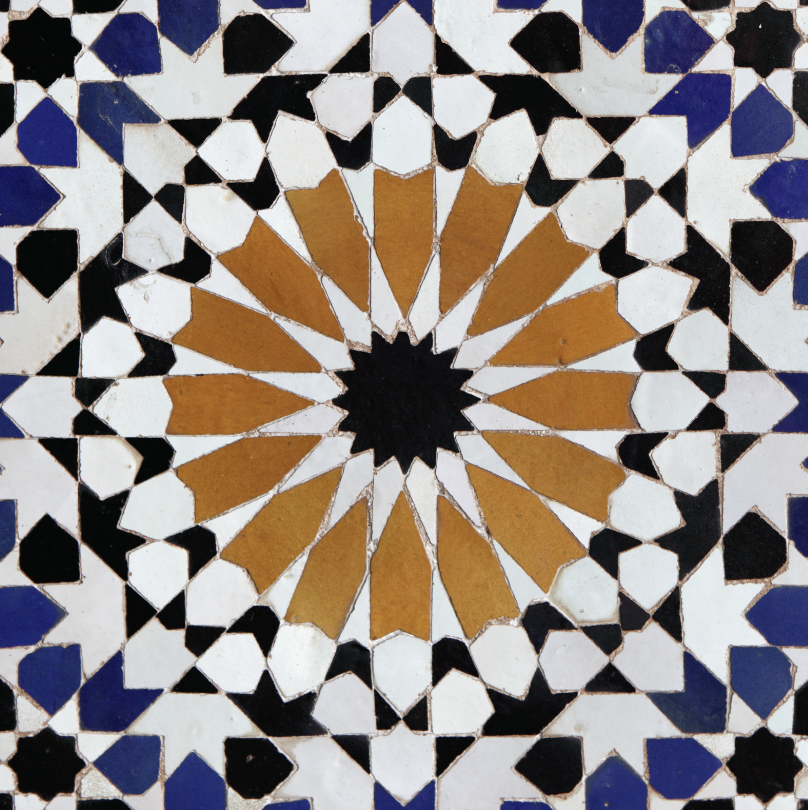
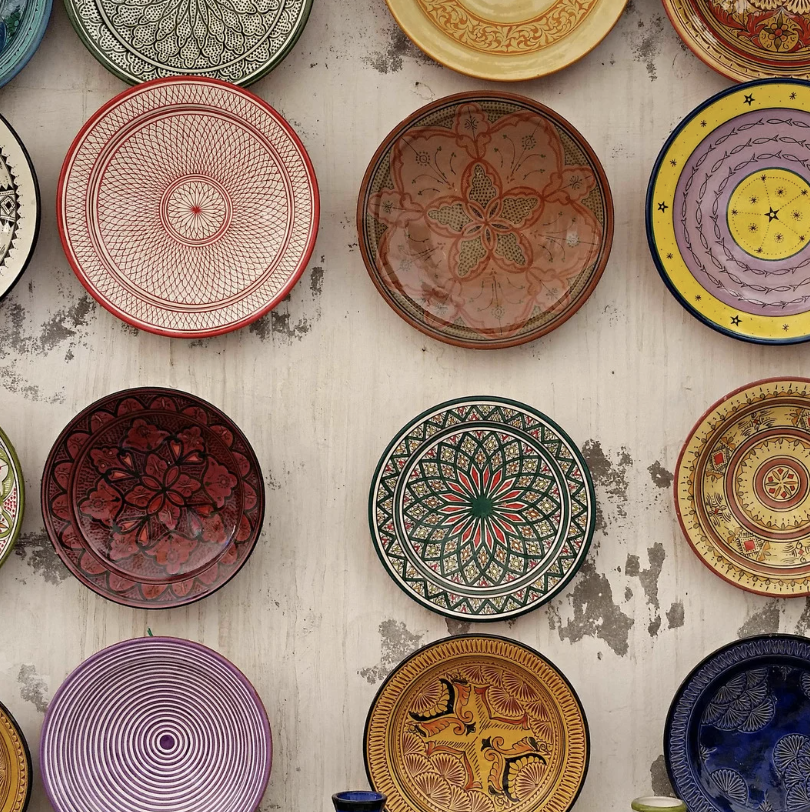
The ethnic influence of Moroccan interior design is a celebration of vibrant colors, intricate patterns, and exquisite craftsmanship. , One can create an enchanting space that transports you to the exotic world of Morocco by selectively using bold colours, geometric patterns, elements of Moroccan architecture, sumptuous textiles, and authentic accents.
Embracing Moroccan influences not only adds visual interest but also invites a sense of warmth, elegance, and cultural appreciation into your home.
Callender Howorth works closely with our Moroccan suppliers and we are delighted to be able to bring exotic elegance into the design of your home. For a consultation please contact us at info@callenderhoworth.com






